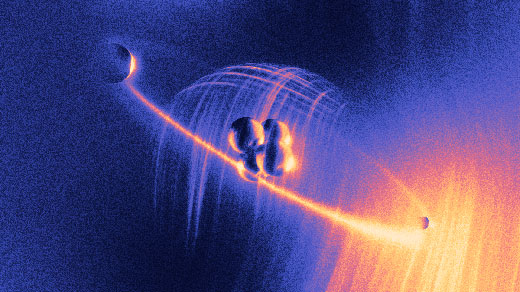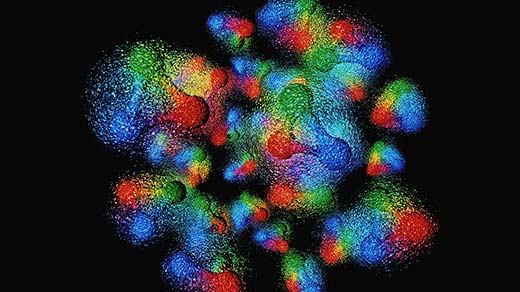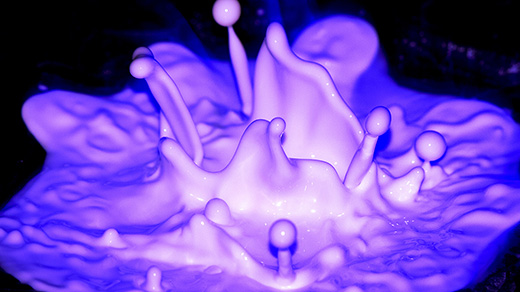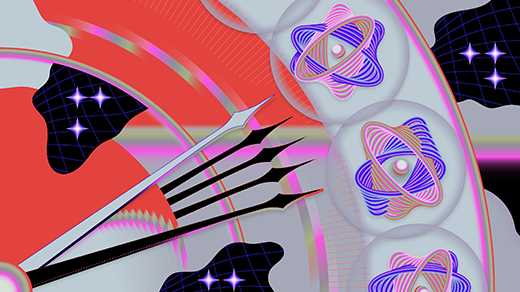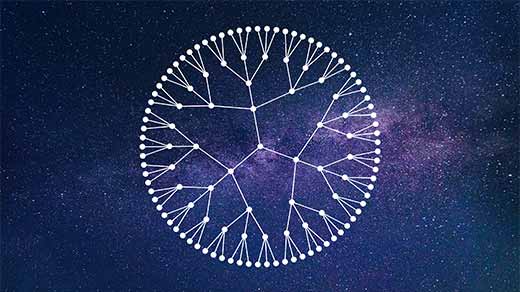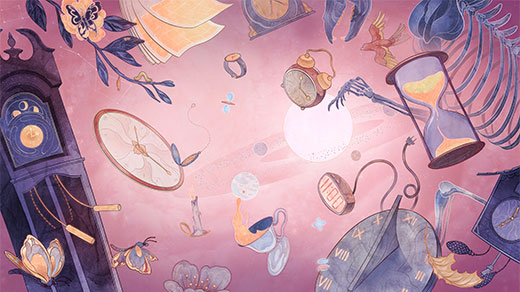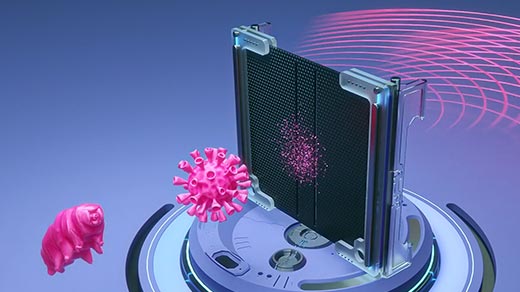What's up in
Experimental physics
Latest Articles
An Antimatter Experiment Shows Surprises Near Absolute Zero
An experiment conducted on hybrid matter-antimatter atoms has defied researchers’ expectations.
The Mysterious Forces Inside the Nucleus Grow a Little Less Strange
The strong force holds protons and neutrons together, but the theory behind it is largely inscrutable. Two new approaches show how it works.
An Injection of Chaos Solves Decades-Old Fluid Mystery
In the 1960s, drillers noticed that certain fluids would firm up if they flowed too fast. Researchers have finally explained why.
Is the Great Neutrino Puzzle Pointing to Multiple Missing Particles?
Years of conflicting neutrino measurements have led physicists to propose a “dark sector” of invisible particles — one that could simultaneously explain dark matter, the puzzling expansion of the universe, and other mysteries.
An Ultra-Precise Clock Links the Quantum World With Gravity
Time was found to flow differently between the top and bottom of a single cloud of atoms. Physicists hope that such a system will one day help them combine quantum mechanics and Einstein’s theory of gravity.
Major Quantum Computing Strategy Suffers Serious Setbacks
So-called topological quantum computing would avoid many of the problems that stand in the way of full-scale quantum computers. But high-profile missteps have led some experts to question whether the field is fooling itself.
One Lab’s Quest to Build Space-Time Out of Quantum Particles
For over two decades, physicists have pondered how the fabric of space-time may emerge from some kind of quantum entanglement. In Monika Schleier-Smith’s lab at Stanford University, the thought experiment is becoming real.
The New Thermodynamic Understanding of Clocks
Investigations of the simplest possible clocks have revealed their fundamental limitations — as well as insights into the nature of time itself.
How Big Can the Quantum World Be? Physicists Probe the Limits.
By showing that even large objects can exhibit bizarre quantum behaviors, physicists hope to illuminate the mystery of quantum collapse, identify the quantum nature of gravity, and perhaps even make Schrödinger’s cat a reality.
